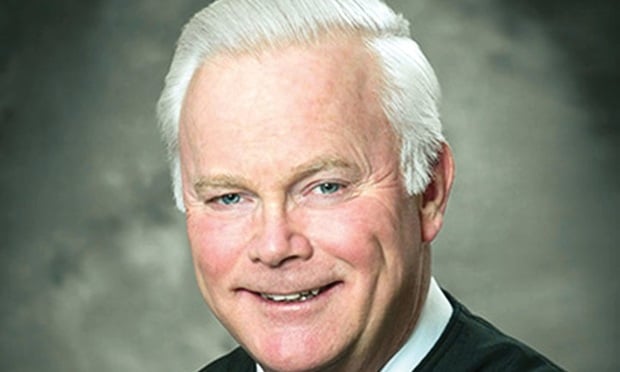Just before Thanksgiving, Chief Justice John Roberts commented that “We do not have Obama judges or Trump judges, Bush judges or Clinton judges.” Mark Sherman, “Roberts, Trump spar in extraordinary scrap over judges,” Associated Press (Nov. 21, 2018). Strong opinions followed regarding the practical reality of that statement, and yet there can be no dispute that the appearance of such partisanship is antithetical to our judicial system. This is because, no less than the attorneys, judges, court officers, and staff who endeavor daily to ensure a just resolution of disputes, the effectiveness of our system also requires the public’s faith and trust. Indeed, this faith is integral to the rule of law itself, which “presupposes a functioning judiciary respected for its independence, its professional attainments, and the absolute probity of its judges.” New York State Board of Elections v. Lopez Torres, 552 U.S. 196, 212 (2008) (Kennedy, J., concurring).
Maintaining this faith is no small task, and it is a duty of which every judge from the town hall to the Supreme Court must be particularly conscious from the moment he or she first puts on the robe. This is a moment that changes us, certainly, but more importantly, we must remember that this moment changes the public’s perception of us. Prior to this point, a judicial candidate’s identity was inextricably attached to his or her political affiliation. Once the bench is attained, however, that identity must be shed and a new mantle of impartiality donned to ensure, both inside and outside of the courtroom, that this political past is not seen as prologue. This has never been an easy task, but particular attention must be paid in an age where the immediacy of mainstream and social media reaction has the potential to paint our words and actions with unintended political spin. This is far from a matter of mere decorum where “the appearance of bias demeans the reputation and integrity not just of one jurist, but of the larger institution of which he or she is a part.” Williams v. Pennsylvania, 136 S. Ct. 1899, 1909 (2016). The appearance of impartiality and the separation of the court’s work from partisan gamesmanship are therefore as much requirements for public faith in the courts and the judges that preside therein as the absence of actual bias.


 Gerald J. Whalen, Presiding Justice, Appellate Division, Fourth Department
Gerald J. Whalen, Presiding Justice, Appellate Division, Fourth Department




